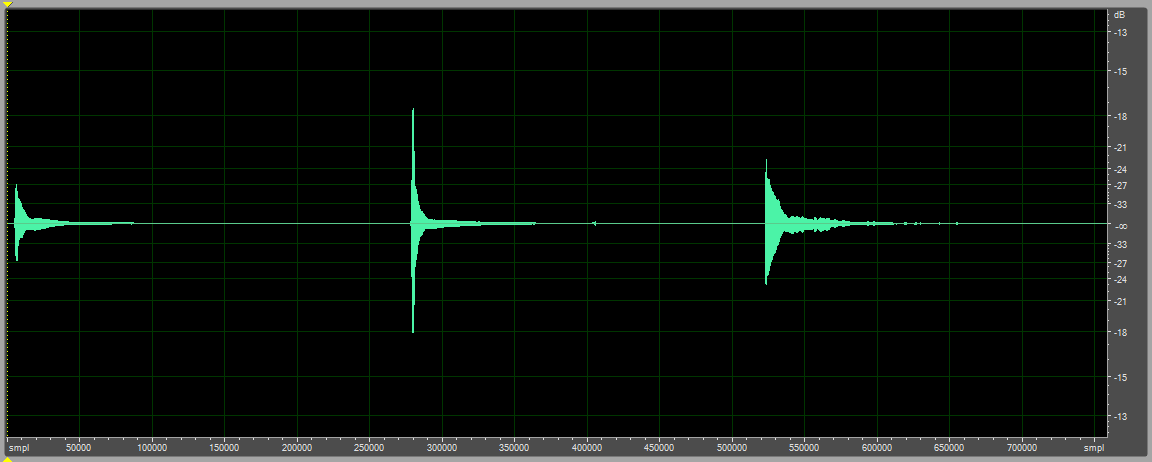Why do some times notes take these weird structures (circled below). That is a guitar monophonic audio waveform by the way (3 note melody).
There are 3 notes played in this audio file. These are the beginning of the waveform (0), around sample 52000 and around sample 95000.
My two questions are:
- Why did this weird looking negative amplitude peak get created (circled)?
- Right after the final note (where the arrow is), why is there such a big change in amplitude (down, up, down again)?
The audio file is here.


